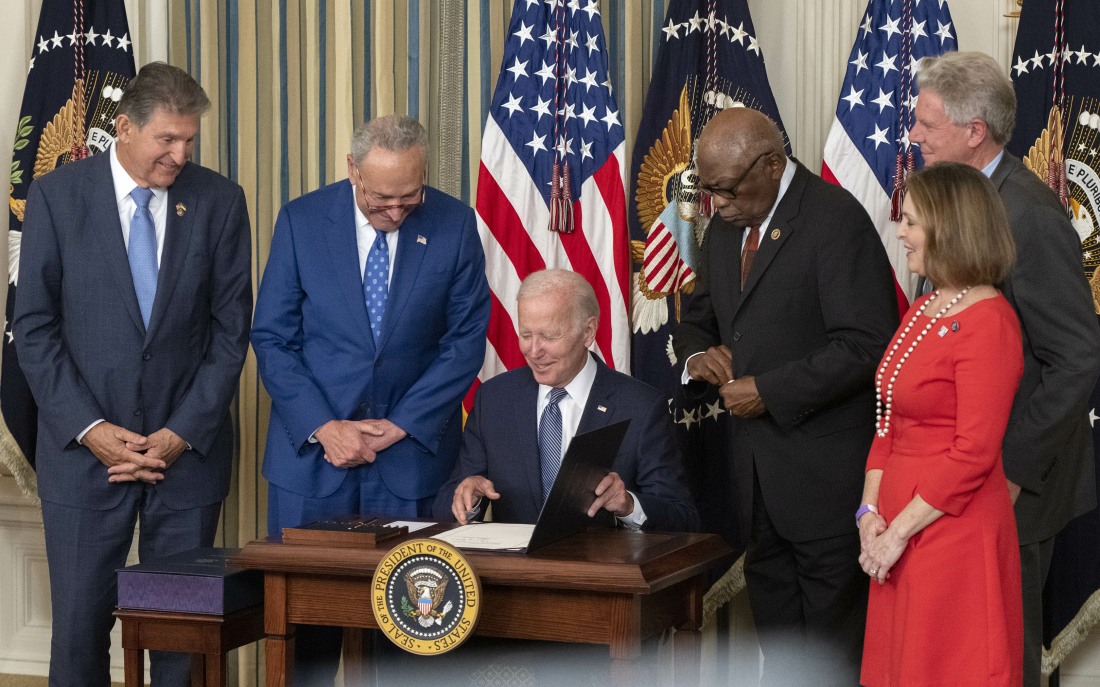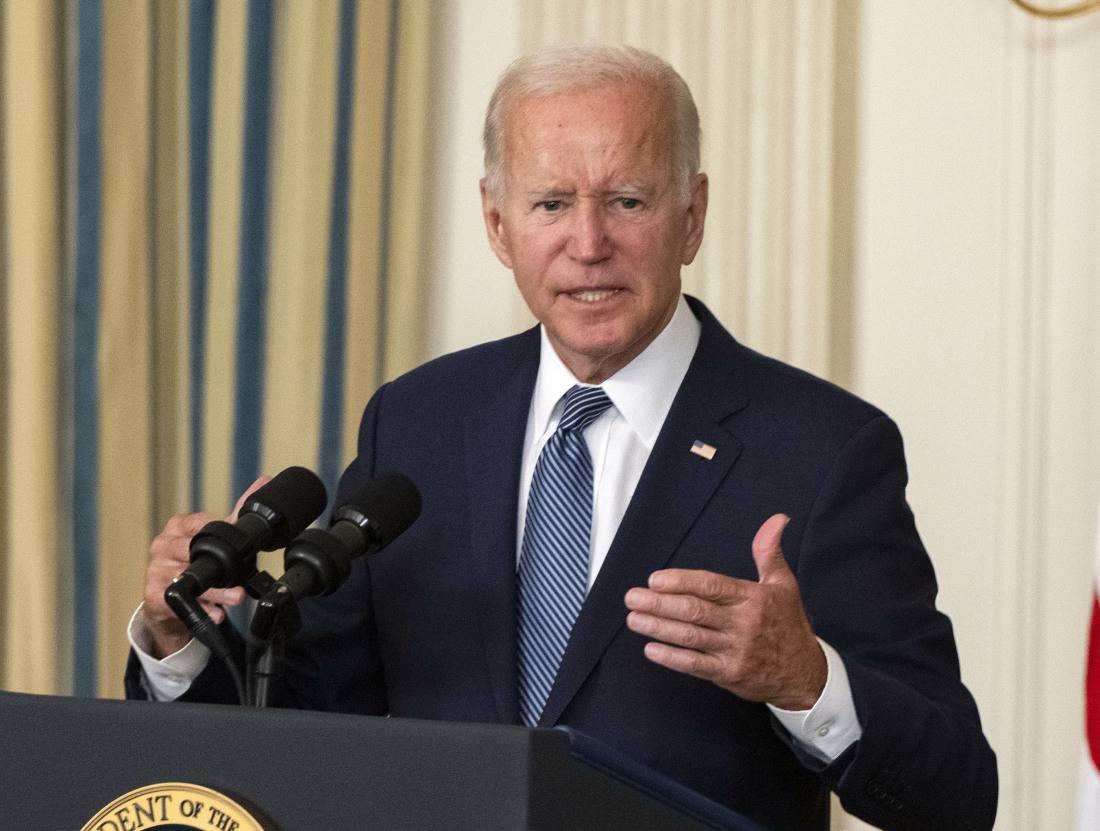I belong to AARP for the discounts and their news emails. Honestly I’m also preparing for the next chapter of my life. As I see my elderly parents organize their lives around doctors appointments, I know that Medicare will be a big part of that. It’s an excellent program that Biden just made some substantial changes to which will help expand medical access for so many people. The Inflation Reduction Act included provisions that, starting in 2025, put a $2,000 yearly cap on prescription medications for Medicare recipients. There’s also a $35 cap on insulin per month, starting in 2023, but again only for Medicare recipients. (The general cap was blocked by the Republicans and will no doubt cause countless suffering and death, like so many other human rights they block.) Still, this is change and this is a BFD! Here are some breakdowns by AARP.
The big news for beneficiaries is that beginning in 2025, the maximum amount they will have to pay out of pocket for prescription drugs each year will be $2,000. Here are a few important details.
This out-of-pocket limit applies if you get your prescription drugs through a stand-alone Part D plan that people enrolled in original Medicare sign up for, or if you access your Medicare through a private Medicare Advantage plan. Most of those MA plans also cover prescription drugs.
The amount of the cap could change over time. If what Medicare Part D spends on prescription drugs per enrollee increases, that $2,000-a-year cap could also rise.
If your Part D or MA plan has a prescription drug deductible, that will count toward the cap. So if your deductible is $100, once you’ve met that, your out-of-pocket costs will be capped once you’ve spent another $1,900 that year. In 2022 the maximum deductible Medicare allows a Part D plan to charge is $480 a year. Many plans have lower deductibles or even no deductible.
In 2024, the year before the out-of-pocket cap takes effect, Medicare beneficiaries will no longer have any out-of-pocket costs once they enter what Medicare calls catastrophic coverage. The way catastrophic coverage works in 2022 is that once an enrollee’s out-of-pocket costs reach $7,050, they have to pay 5 percent of their prescription drug costs, with no limit. But beginning in 2024, that 5 percent coinsurance requirement will be gone and enrollees won’t have to pay anything for their prescription drugs for the rest of the year.Beginning in 2023, copays for a 30-day supply of any insulin that a Medicare drug plan covers will be capped at $35. Note that Part D plans will be required to adhere to the $35 copay limit even if an enrollee has not met their annual deductible.
The price could be lower if insulin becomes subject to negotiation with drugmakers. Given that, although the monthly maximum copay will be $35 from 2023 to 2025, beginning in 2026 (the first year negotiated prices would take effect), insulin copays will be $35 or 25 percent of the drug’s negotiated price (whichever is less).
[From AARP]
I’m happy about the $2,000 drug cap and $35 a month for insulin, although I wish that applied to everyone. Medications are a substantial expense for so many elderly people and this will help a lot. Plus the recommended vaccines are free! Biden and the slim Dem majority have accomplished so much and I hope that more people will give them credit. All we can do now is vote and encourage everyone we know to vote.
In related news, after a separate bipartisan law was passed the FDA made hearing aids for mild to moderate hearing loss over the counter. The best devices are thousands of dollars and are out of the price range of many. My mom’s hearing aids have ranged in cost from $5,000 to $10,000. Making them over the counter will hopefully bring costs down and make hearing aids more accessible.
photos credit: CoverImages
Source: Read Full Article




